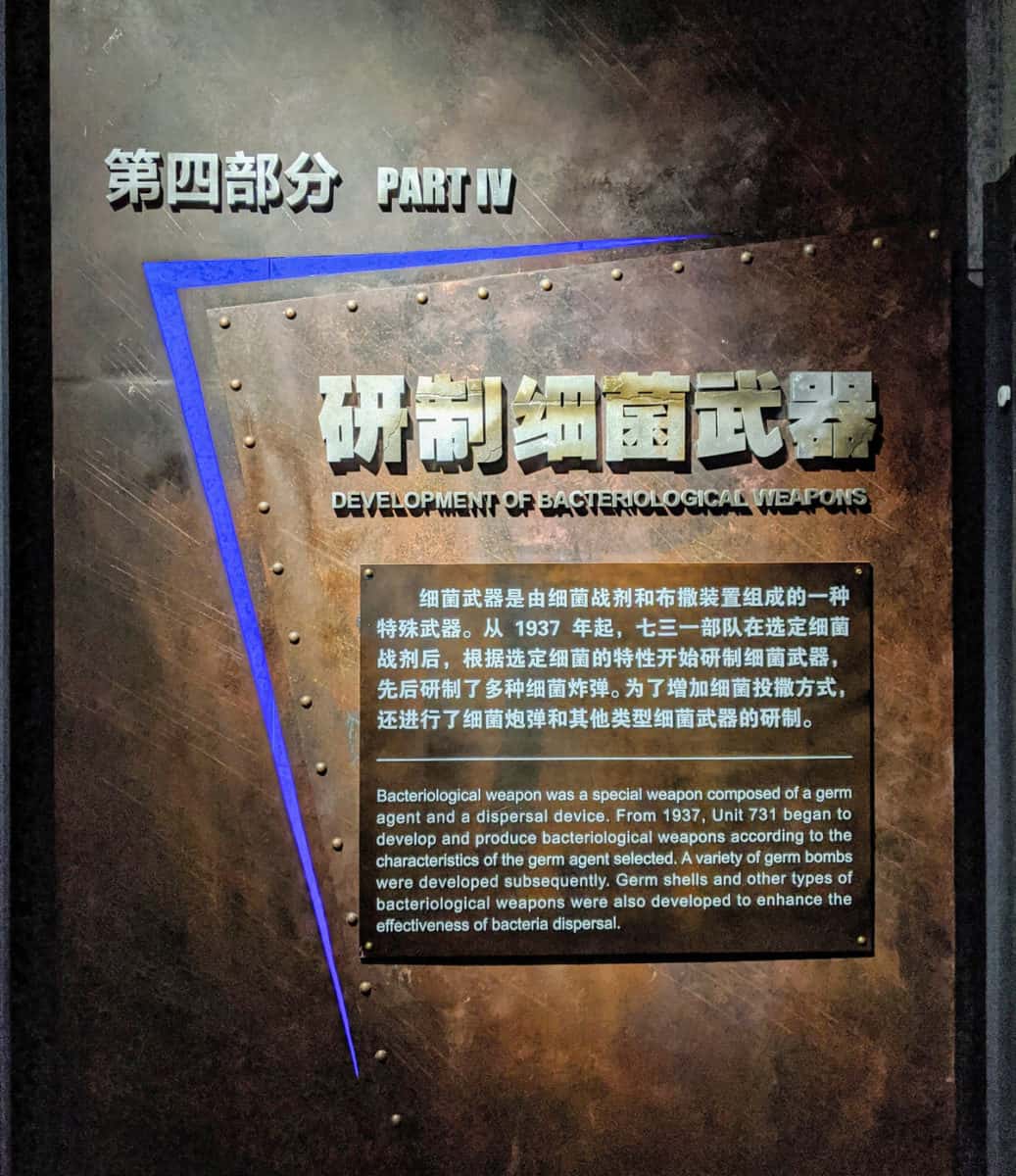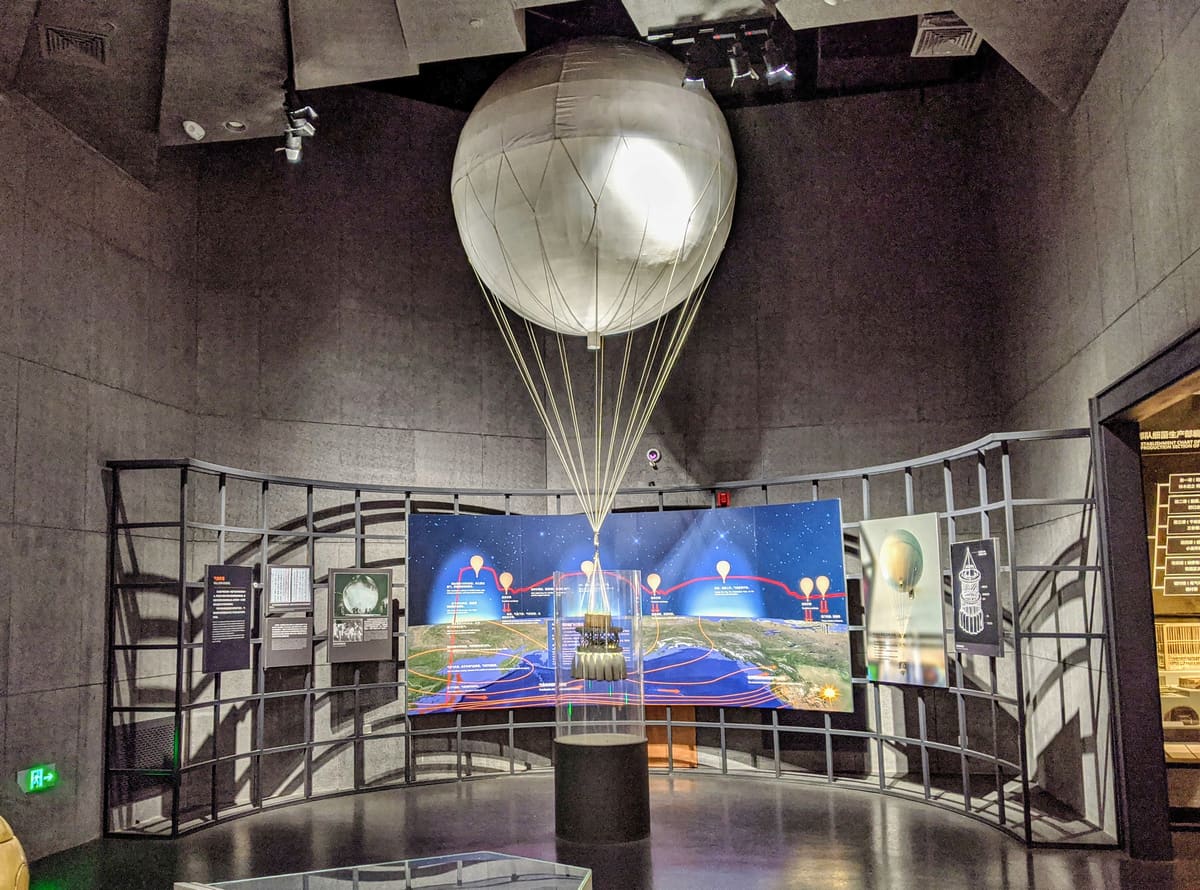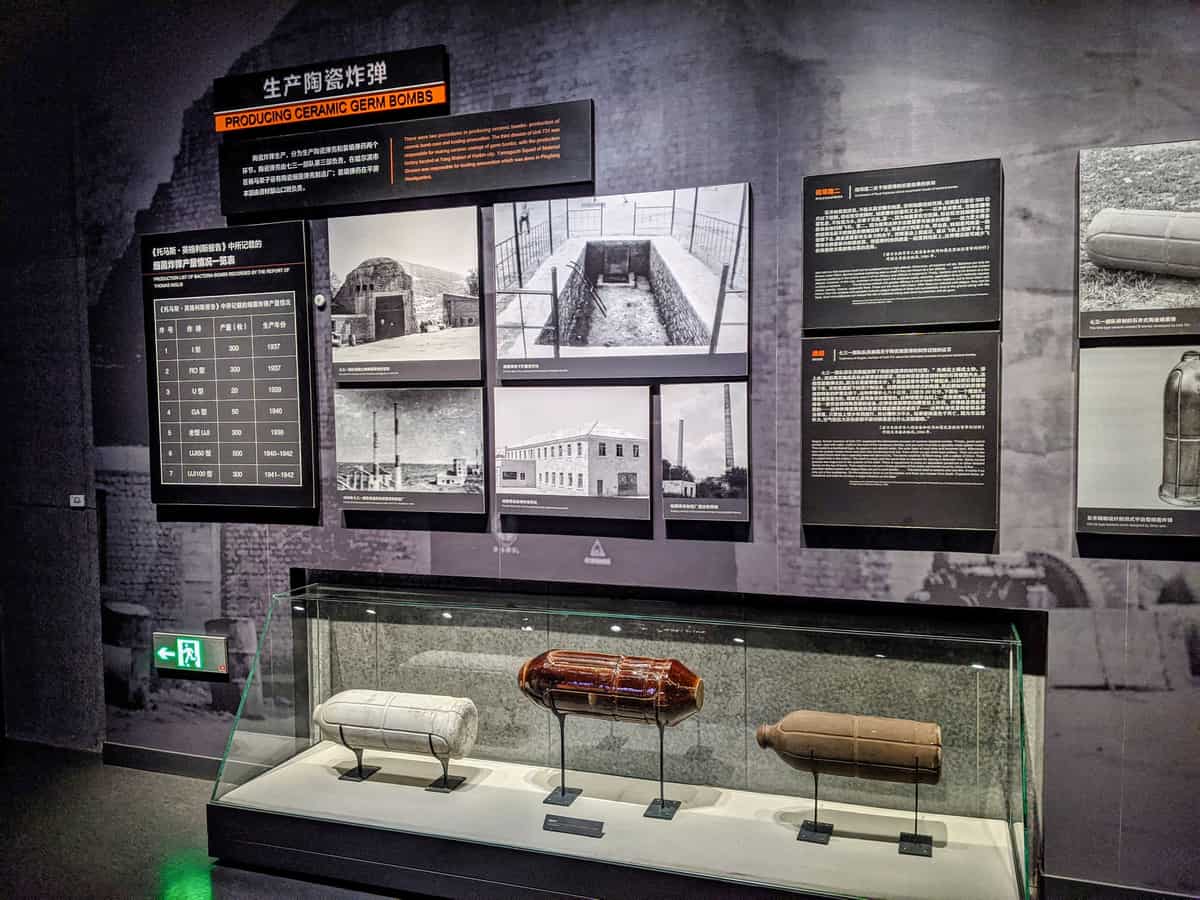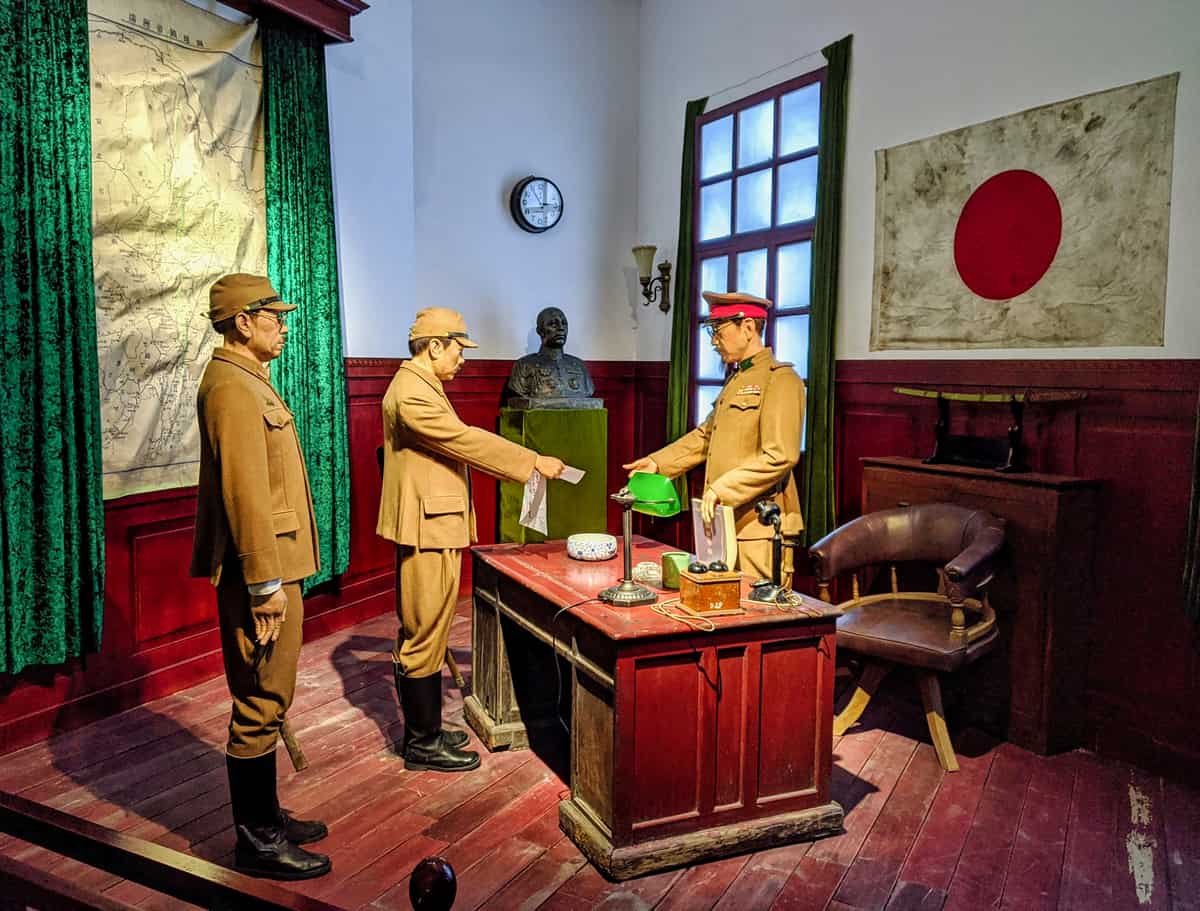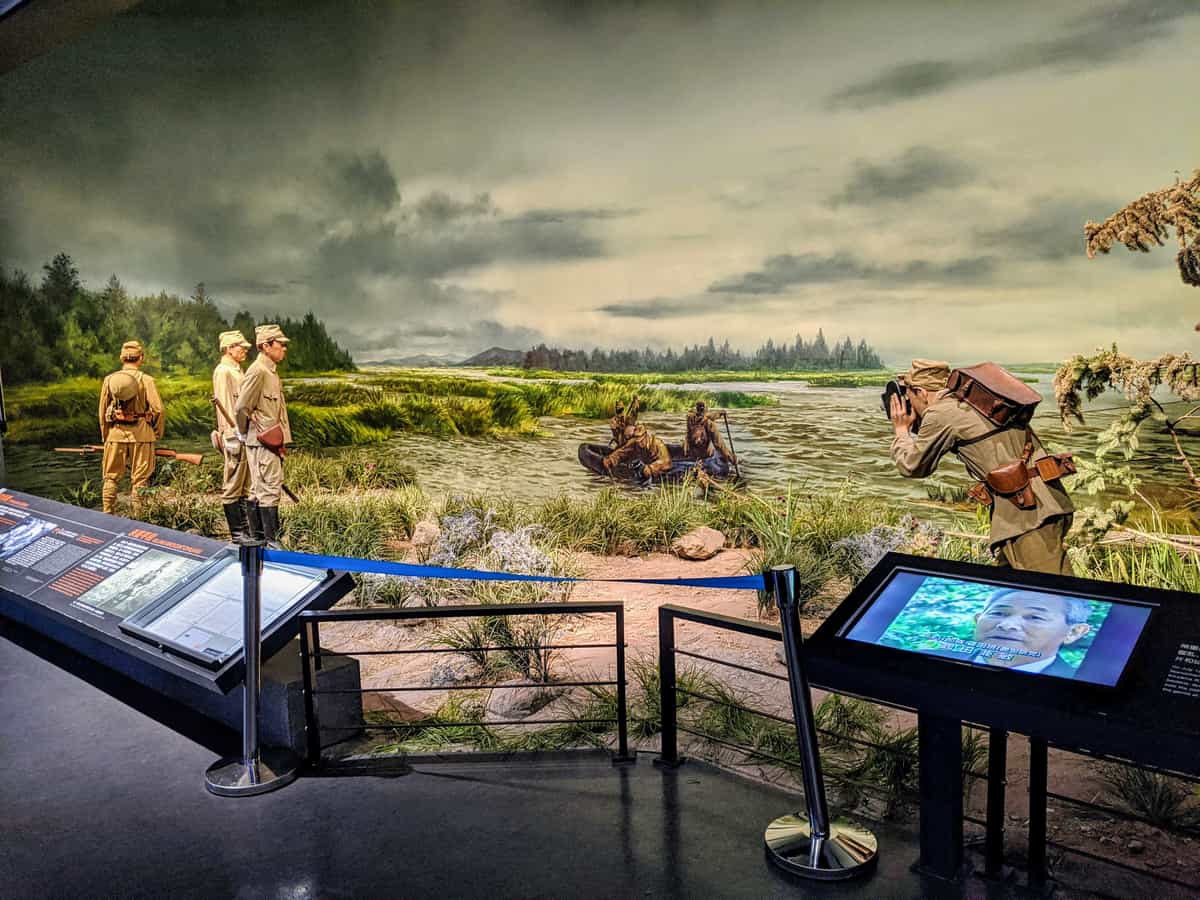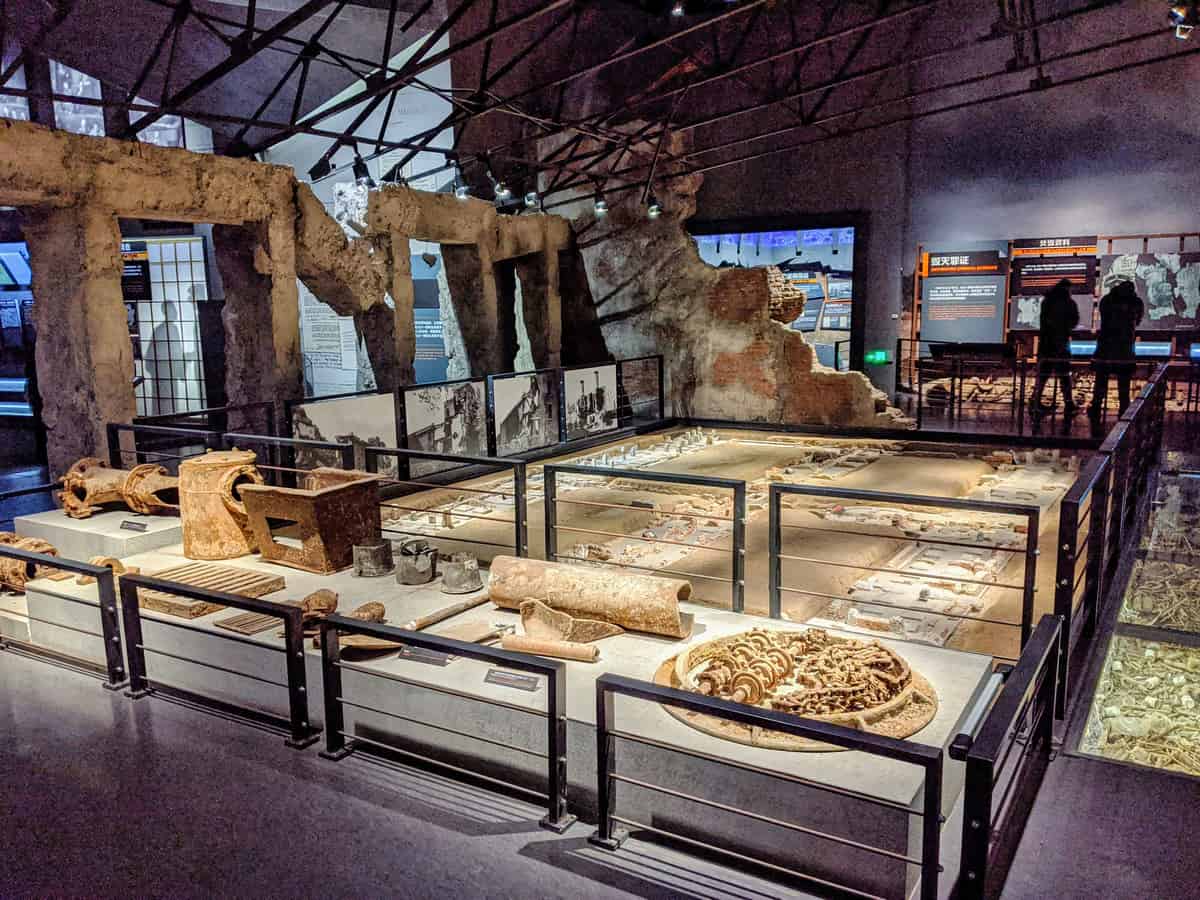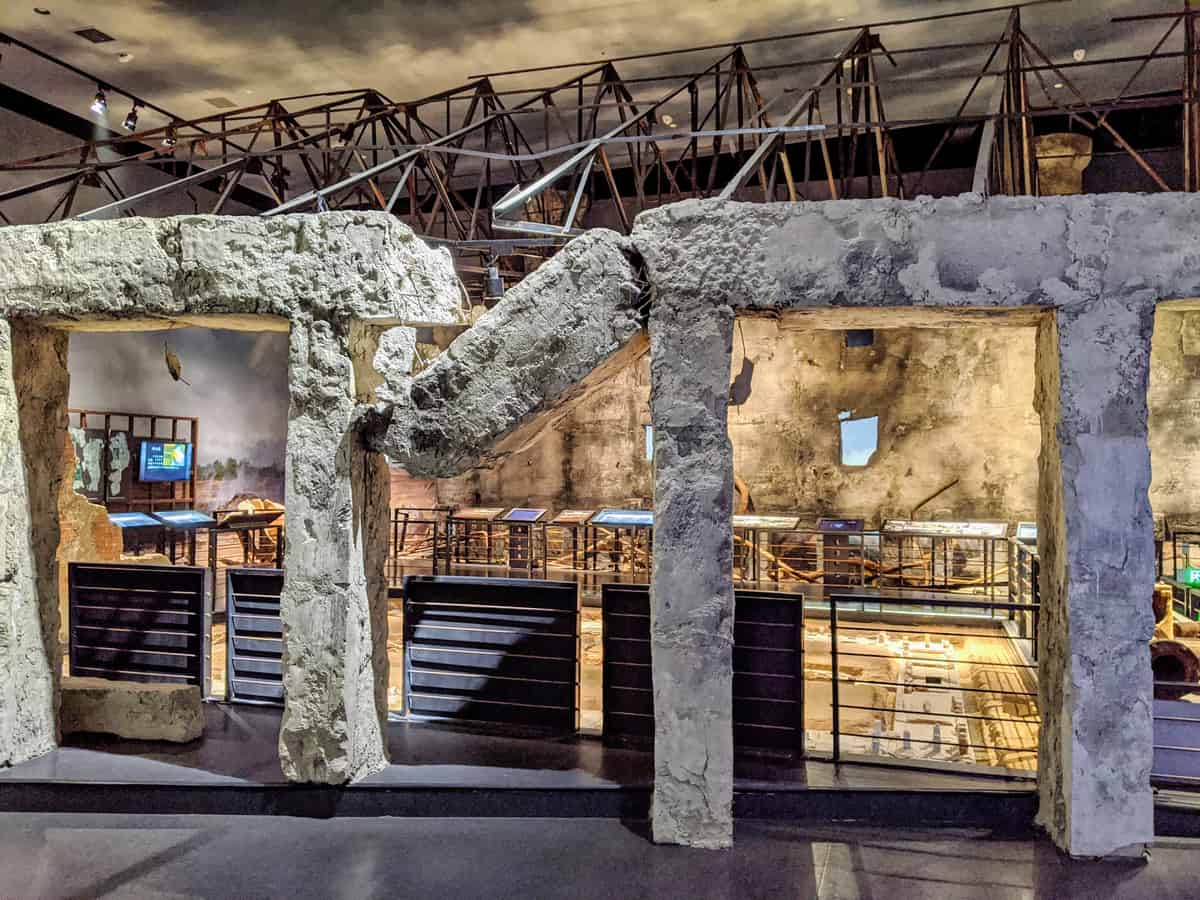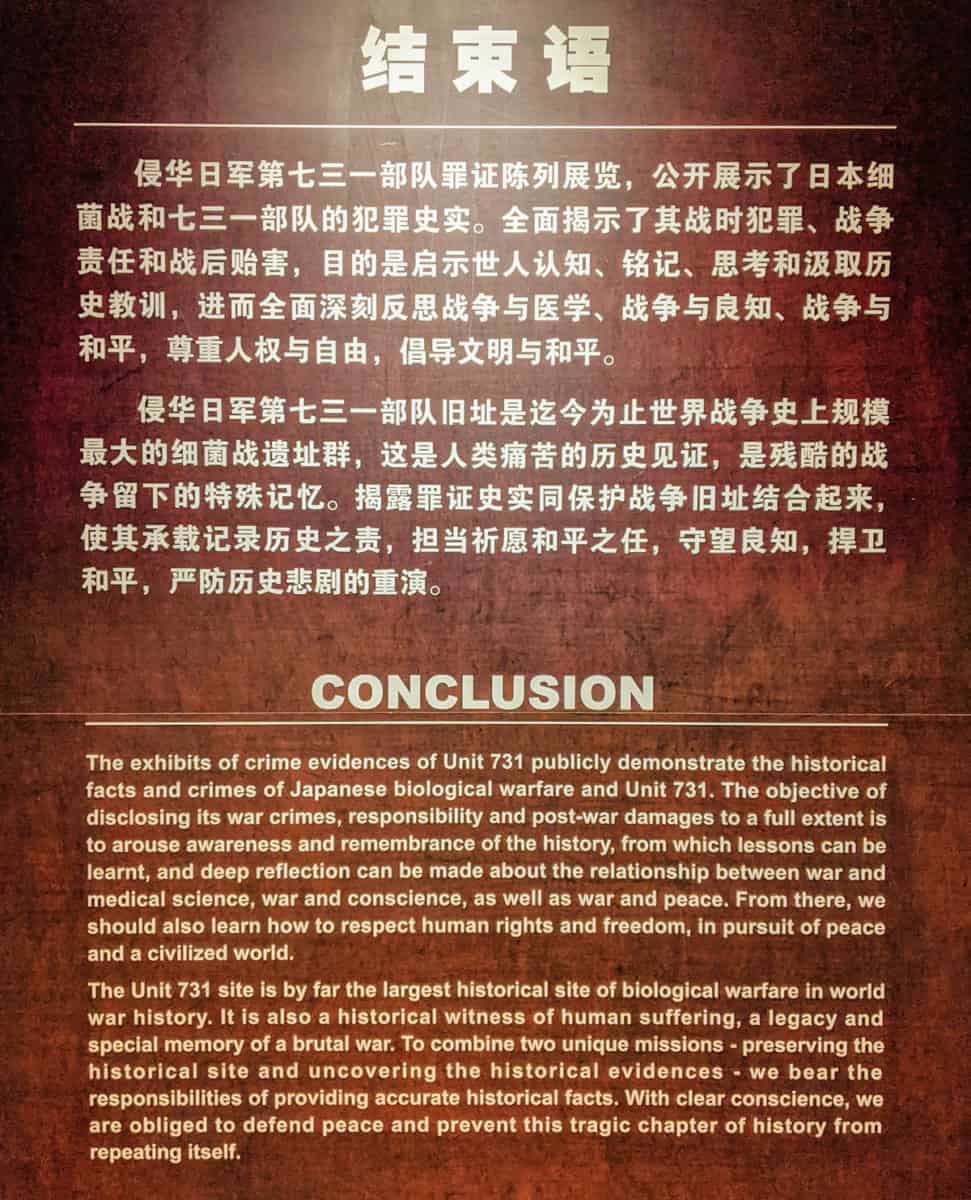China Discovery Tour
Harbin | China
01 Jan 2020 | New Year’s Day | Wed
Day 05 of 18
Unit 731 Museum Harbin
When you first walk into the Unit 731 Museum you will be greeted by the following large sign written in six different languages…
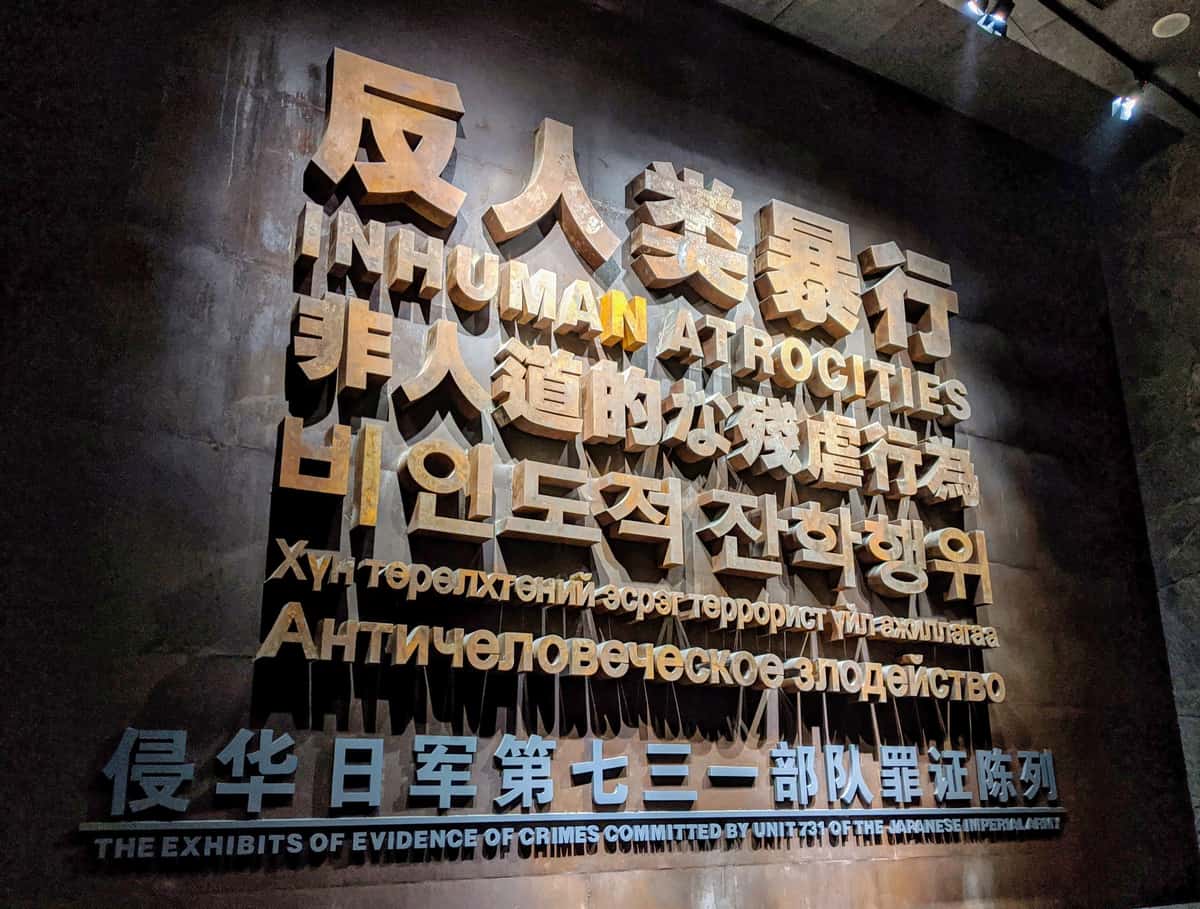
The Exhibits of Evidence of Crimes Committed by Unit 731 of the Japanese Imperial Army
Think of this message as a warning for you to prepare yourself for what comes next!
When planning our trip to Harbin, China it was all about visiting the beautiful Ice & Snow Festival – nothing else. It was later when we started researching the surrounding area that we came across the Unit 731 Museum. A museum located on the actual site of some of the most horrific experiments ever performed on humans – WHAT!, also in Harbin?!? Like most people, we had never heard of this place or knew anything about its history. Unfortunately, because of its content, this is not one of those “feel good” kinds of places. There is no doubt that most will walk away feeling very disturbed about all the atrocities and cruelty that they will witness and learn about in this museum.
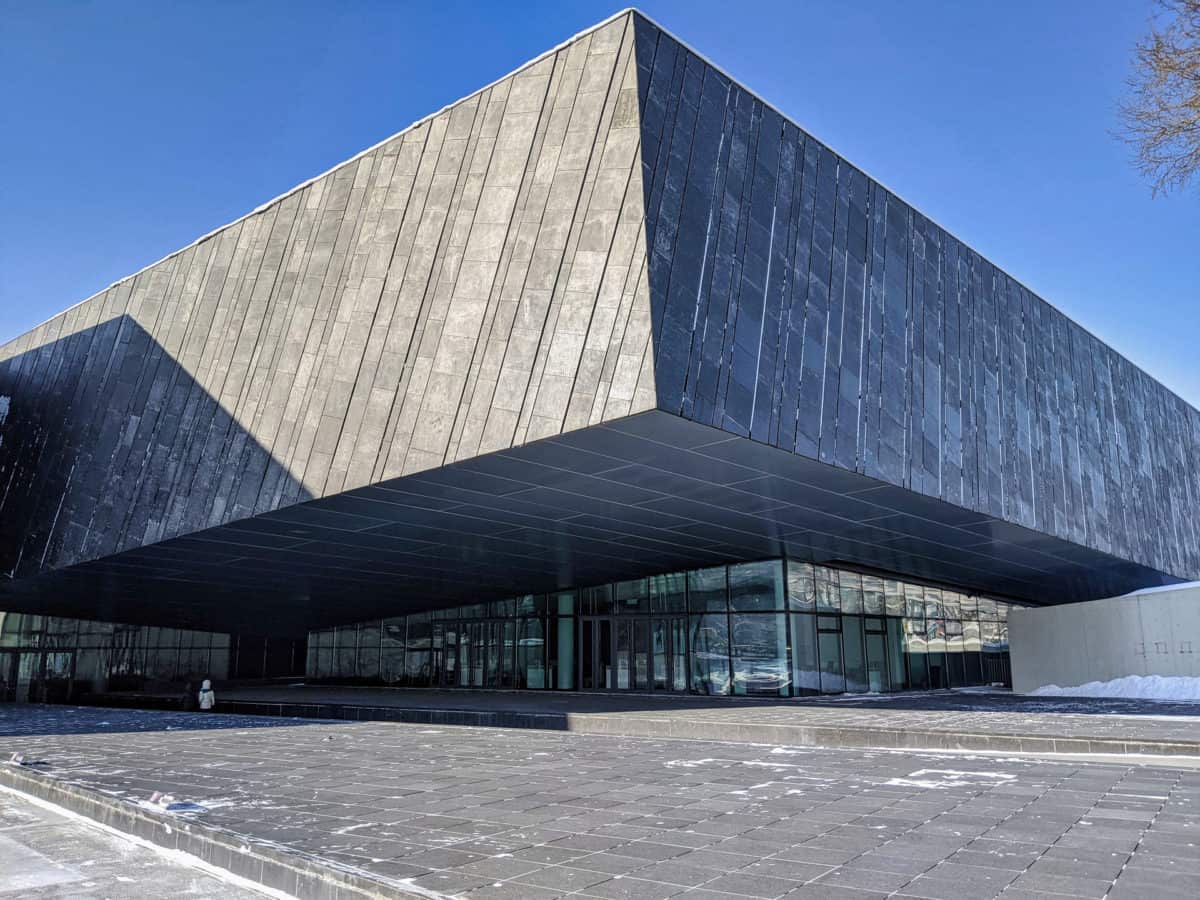

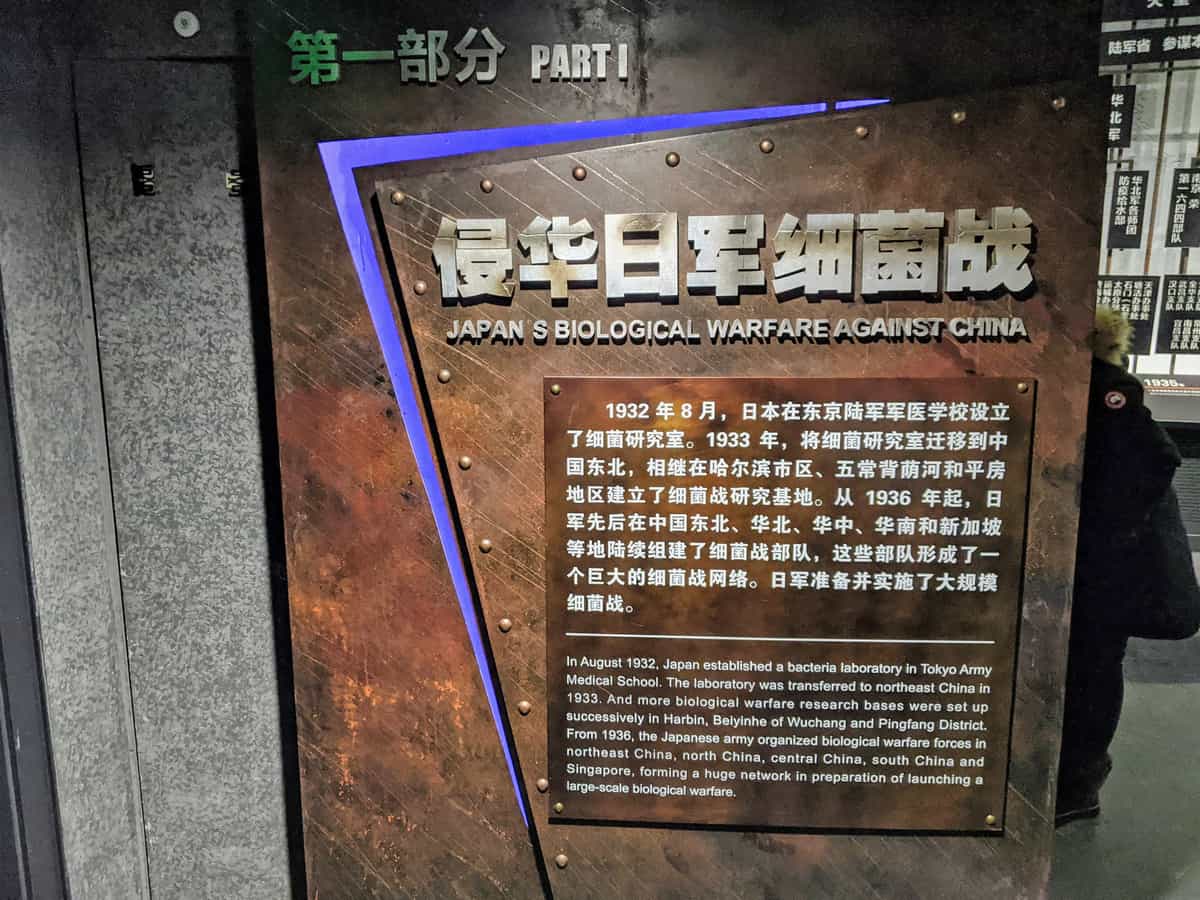
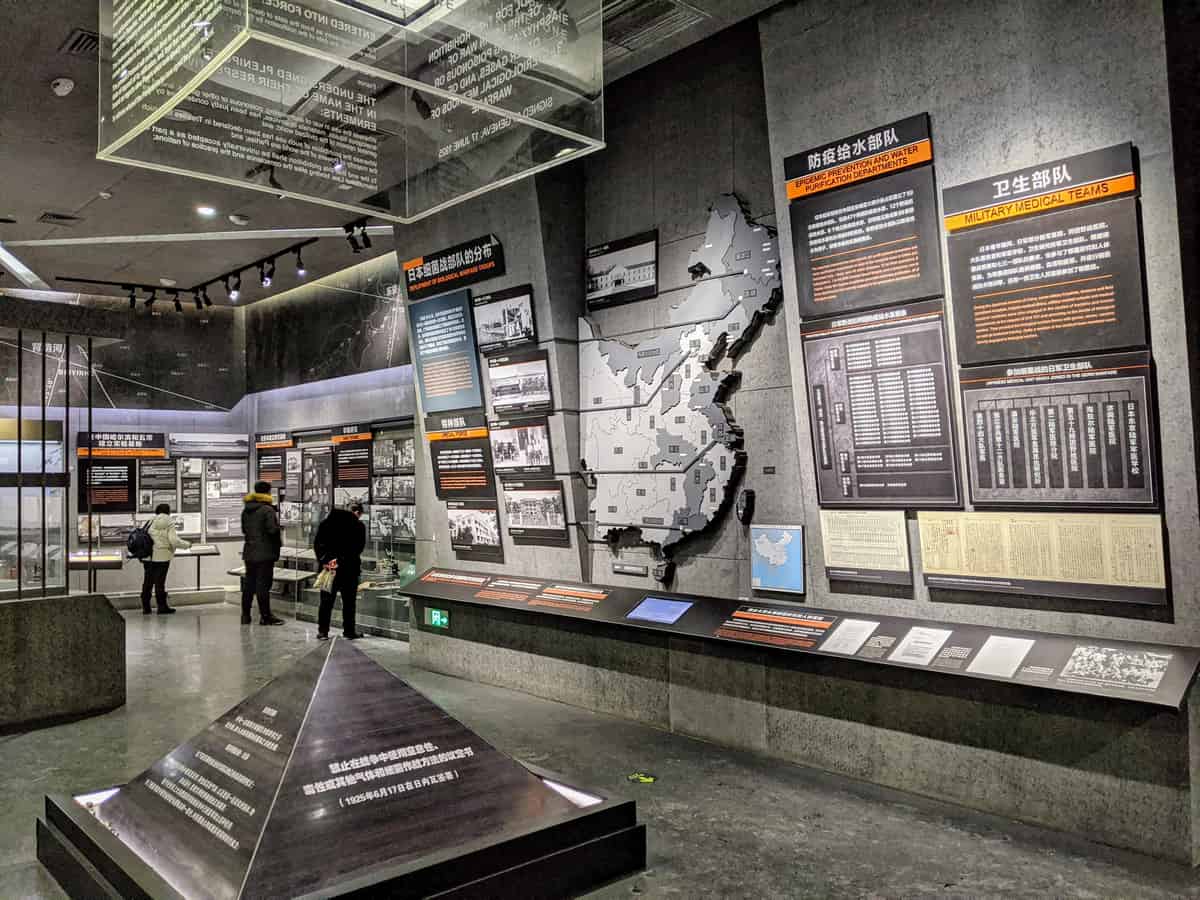
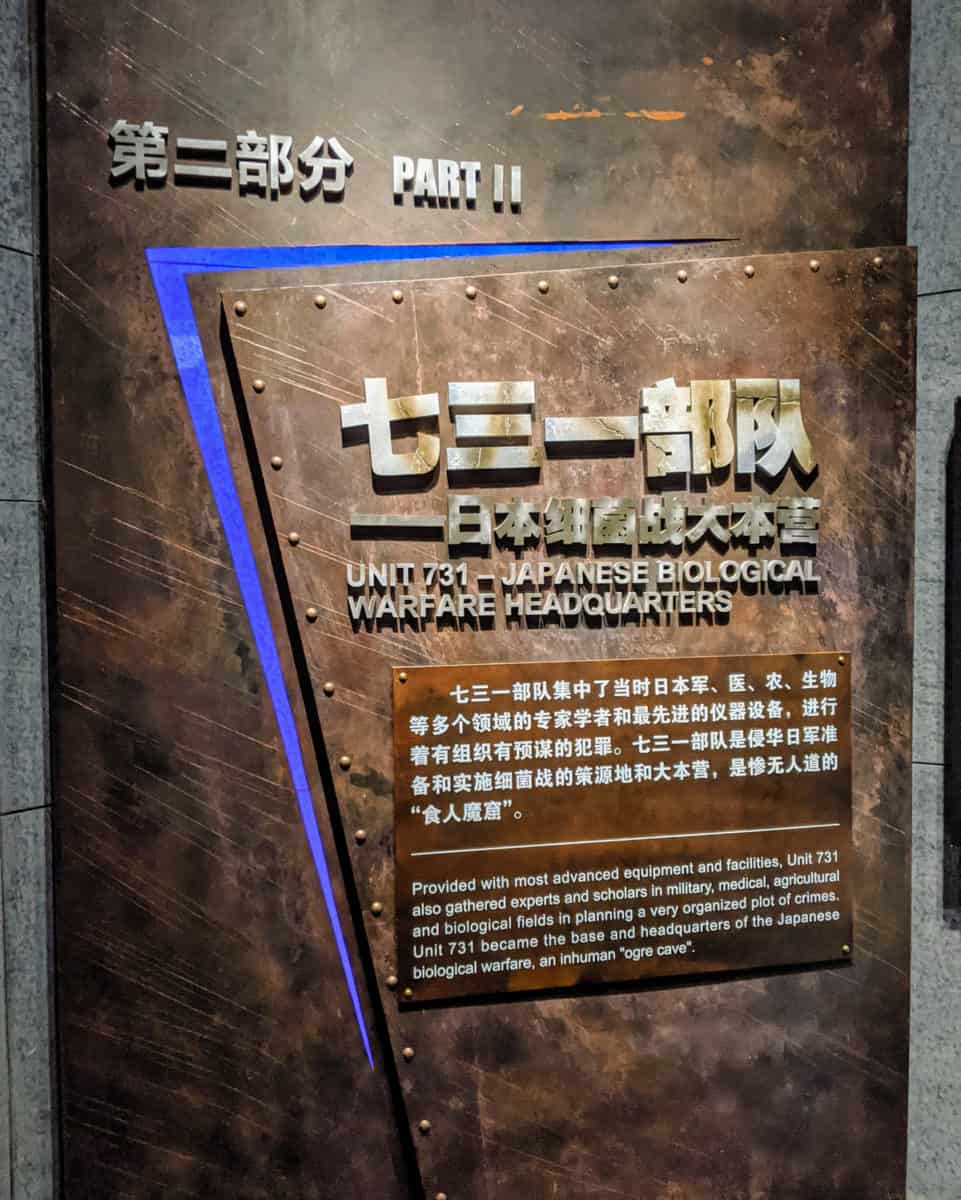
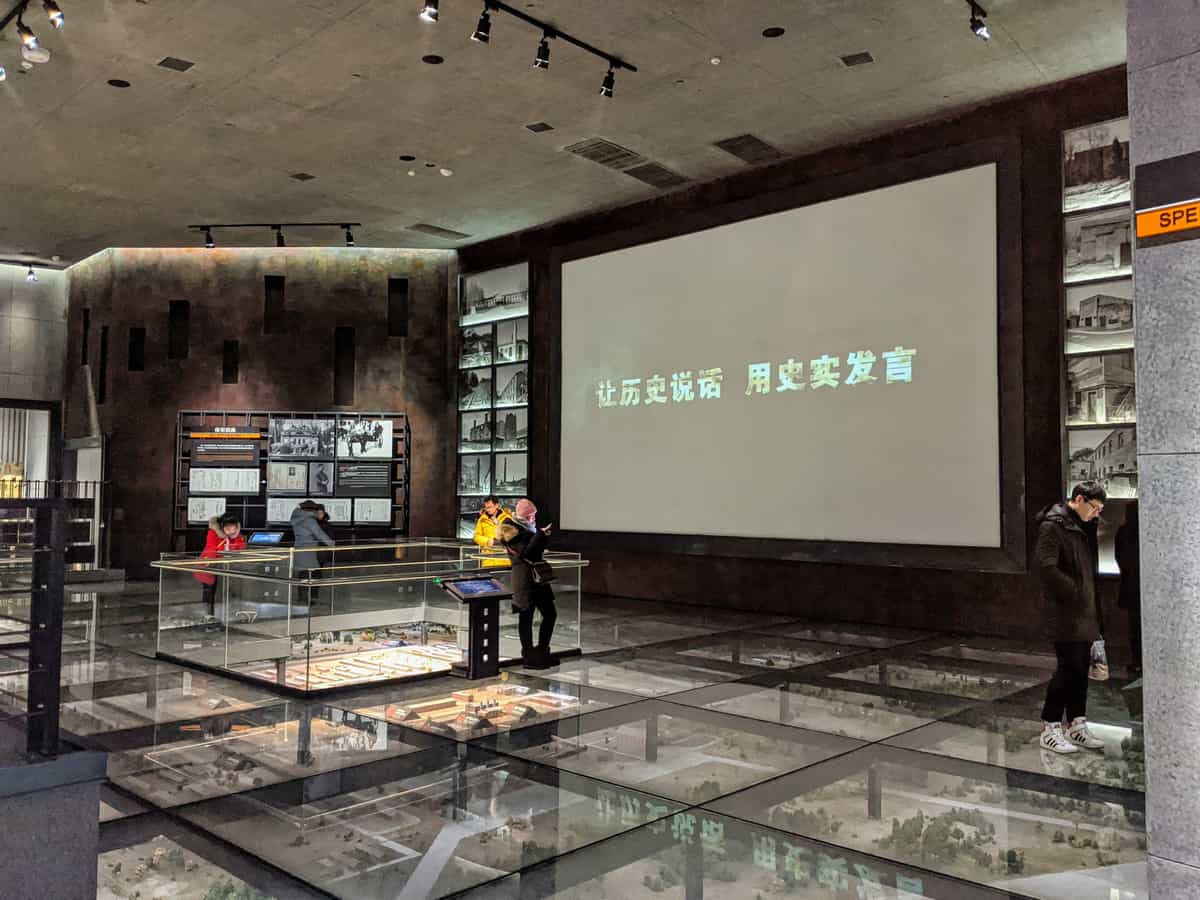
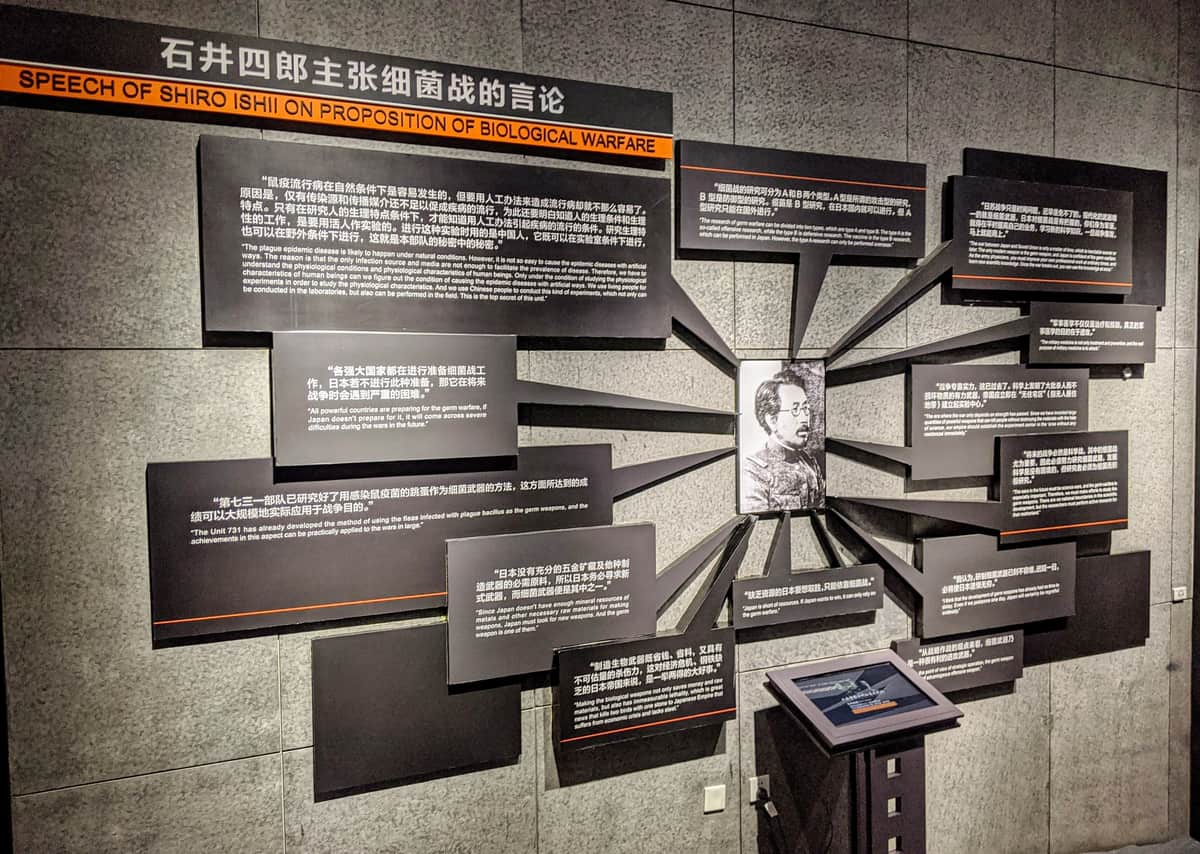
The Imperial Japanese Army, in 1938, set up Unit 731 in Japanese-occupied China with the purpose of developing biological weapons (operating until 1945). This included conducting large-scale human experiments using prisoners, primarily Chinese prisoners of war and civilians, deliberately with infectious agents, bacteria, and viruses (such as plague, anthrax, cholera, tuberculosis, syphilis, and typhoid), along with many other atrocities (such as frostbite testing, vivisection (surgeries without anesthesia), weapon testing (death by bombs, guns, bayonets, swords, knives, flamethrower), depriving of food and water, prolonged X-ray exposure, tested effects of high G-forces).
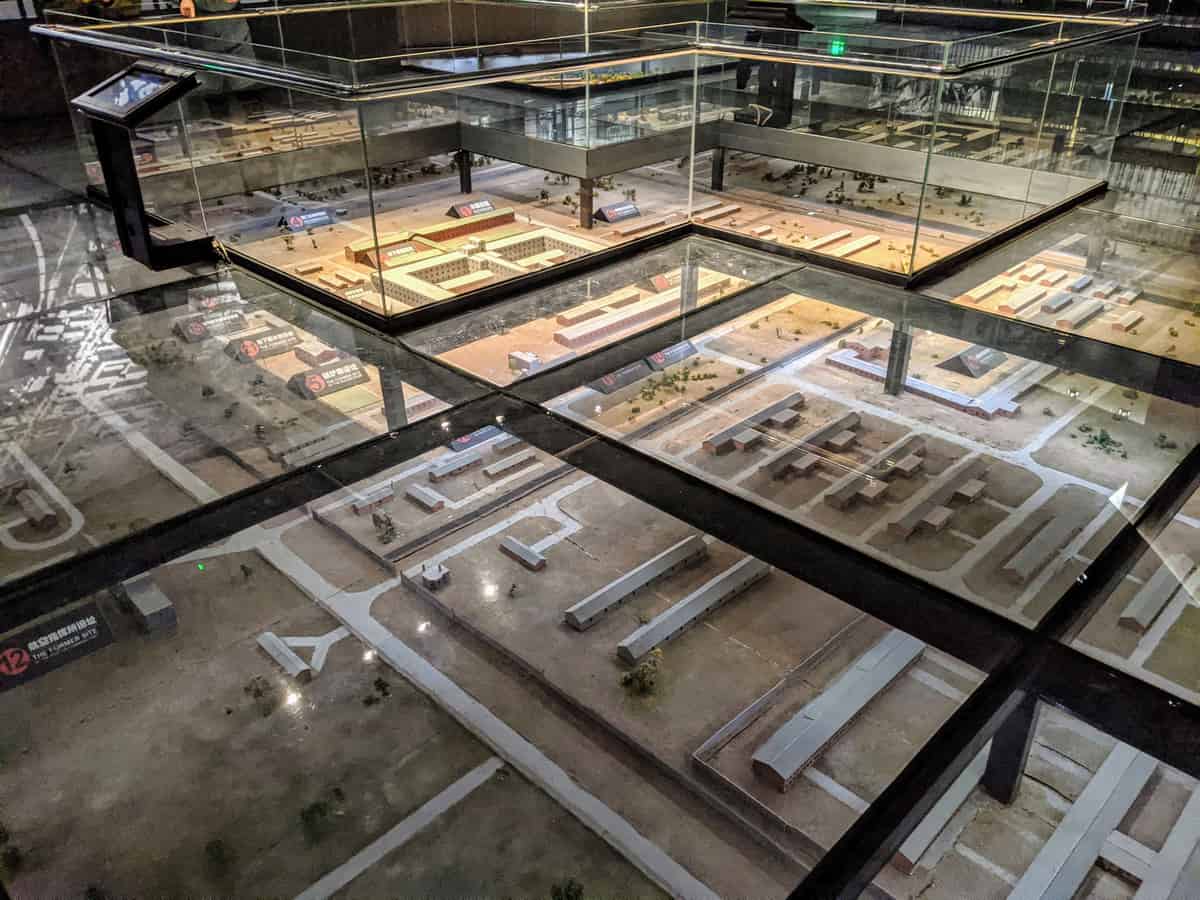
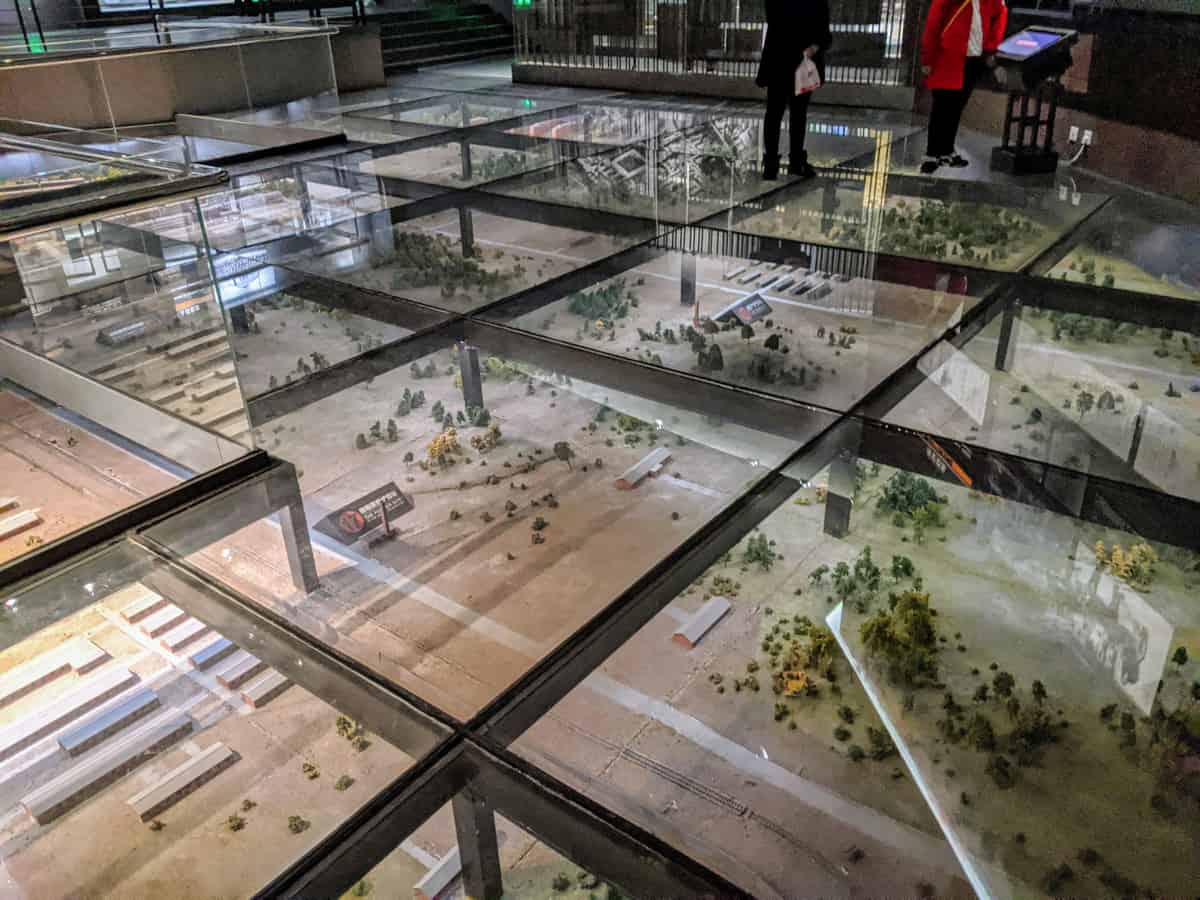
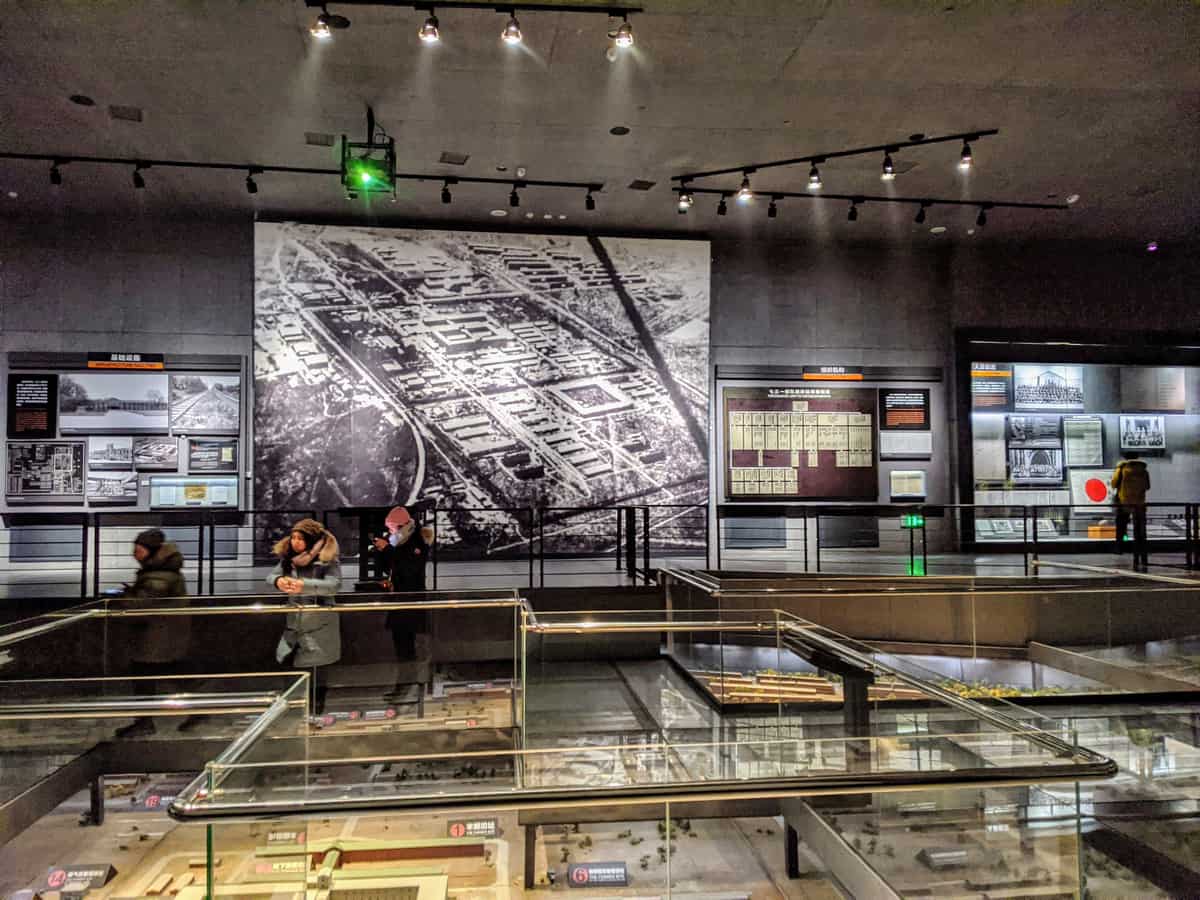
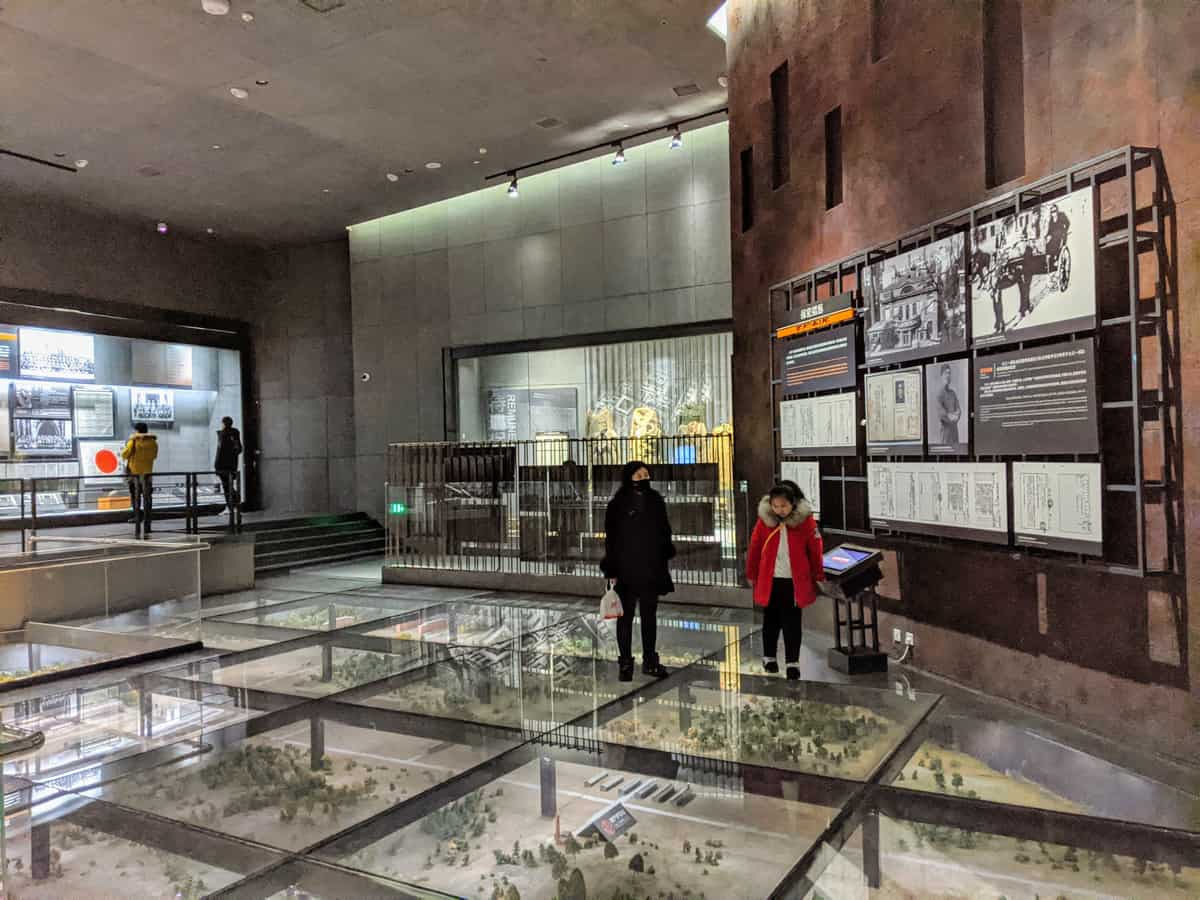
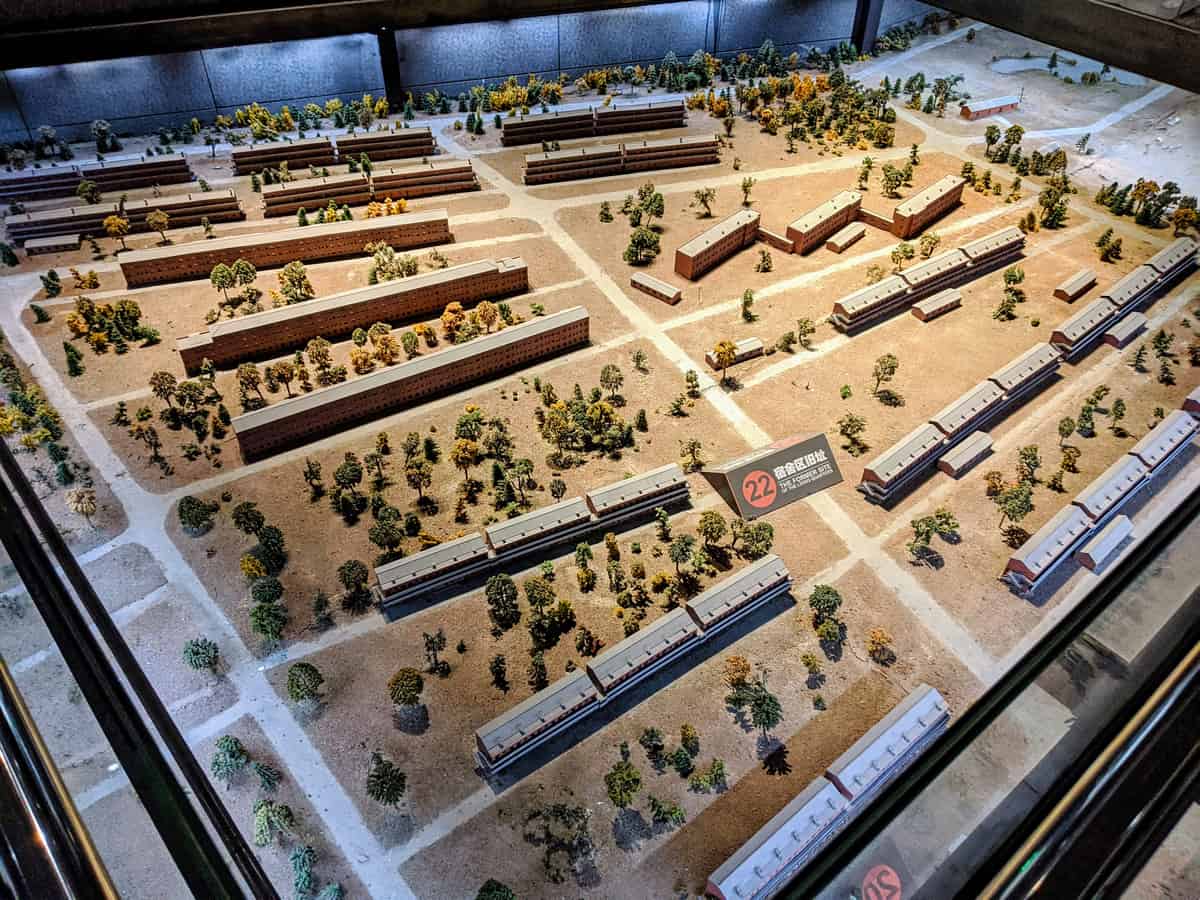
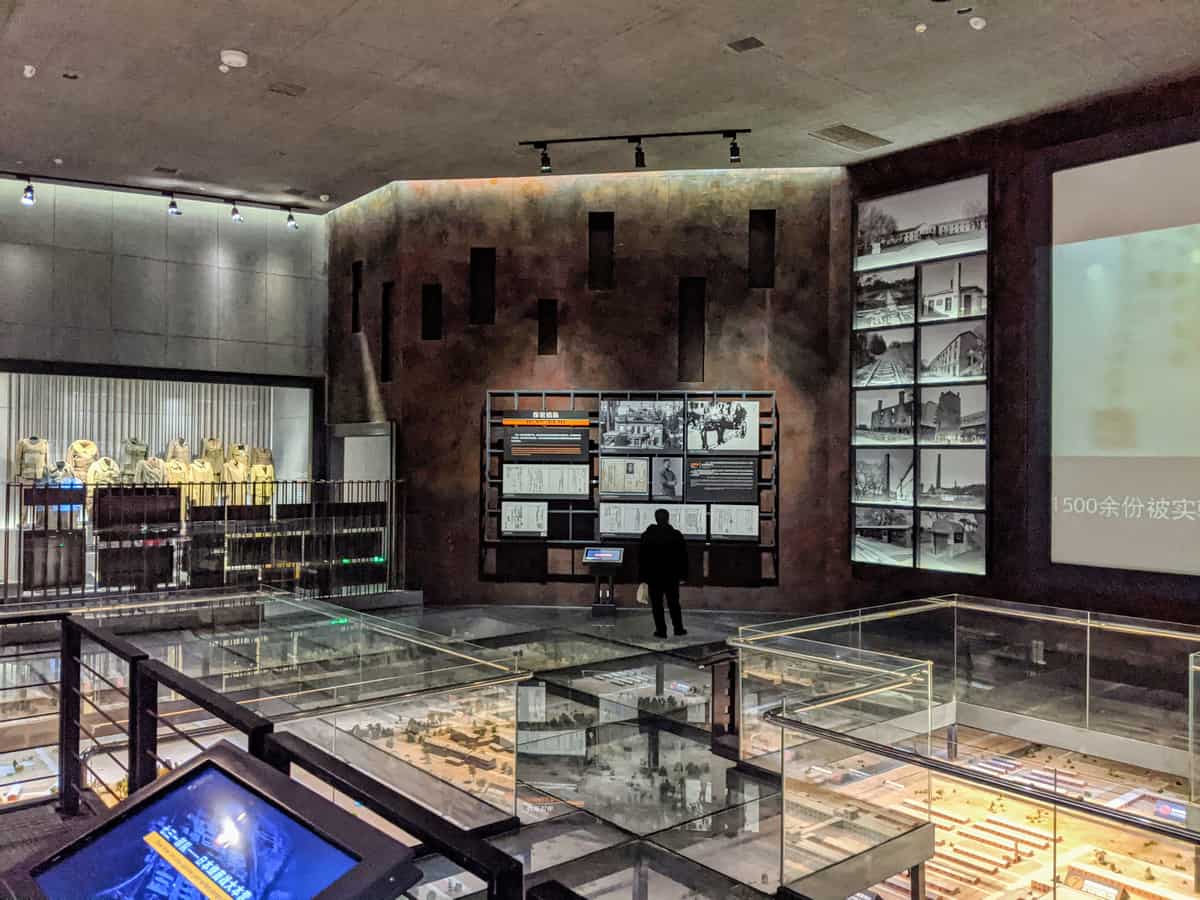
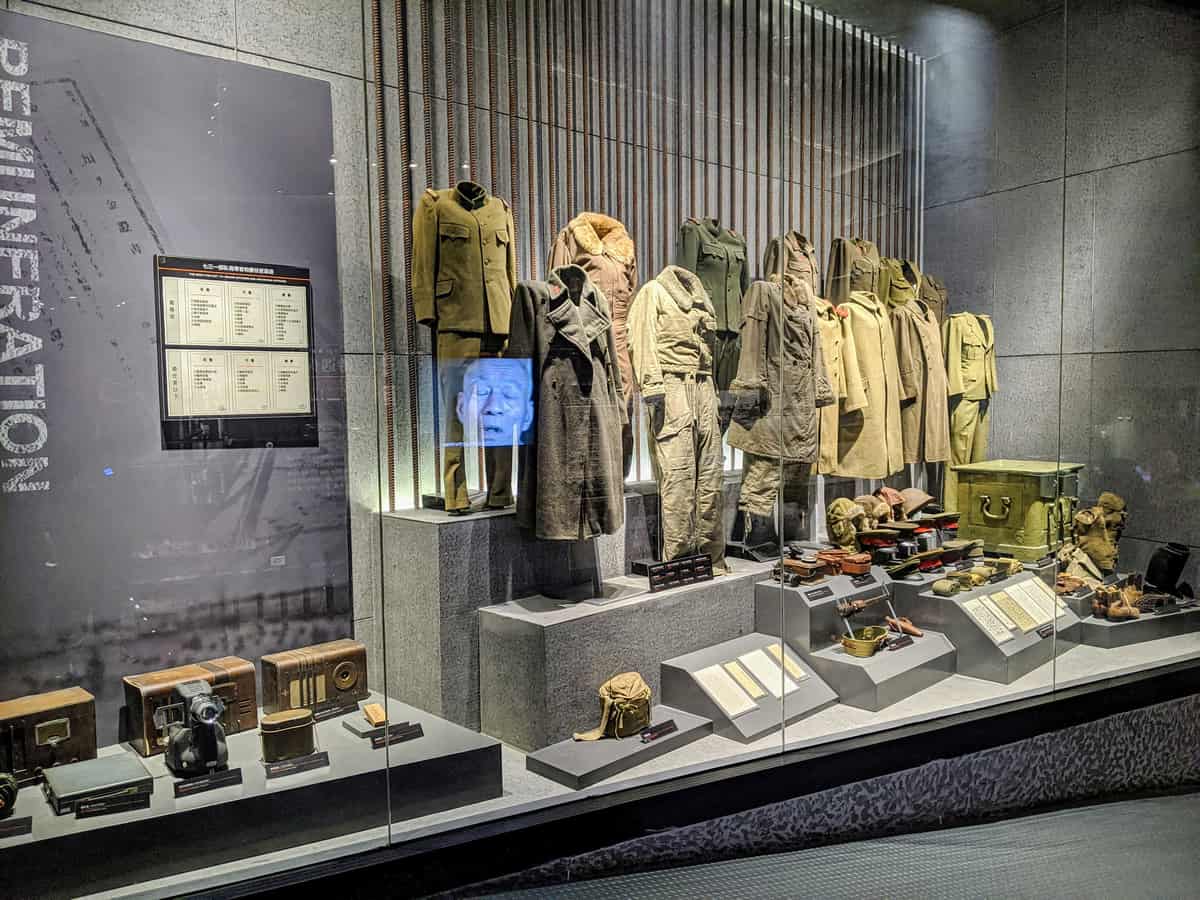
For nearly 40 years, the horrific events that took place at Unit 731 remained one of the most guarded secrets of World War II, and it was not until 1984 that Japan finally acknowledged any wrongdoing.
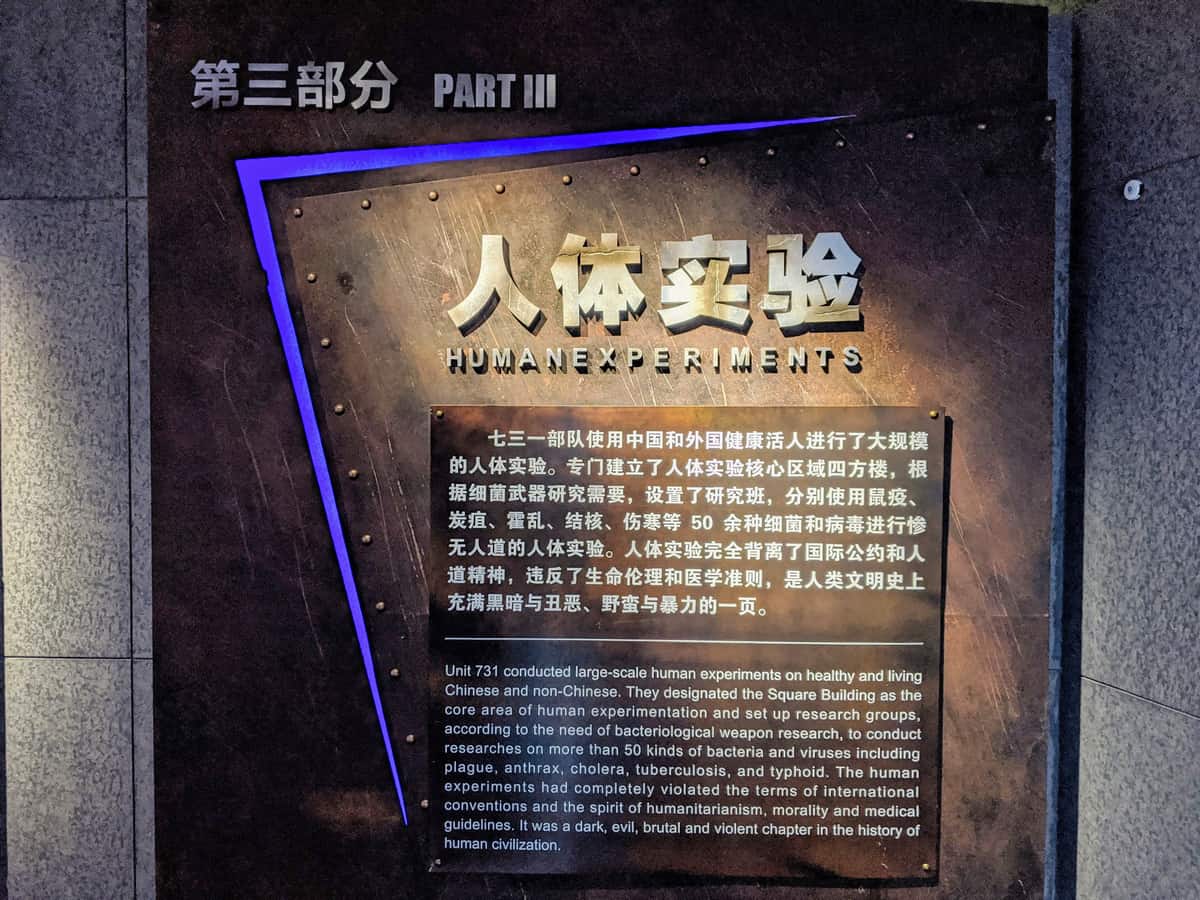
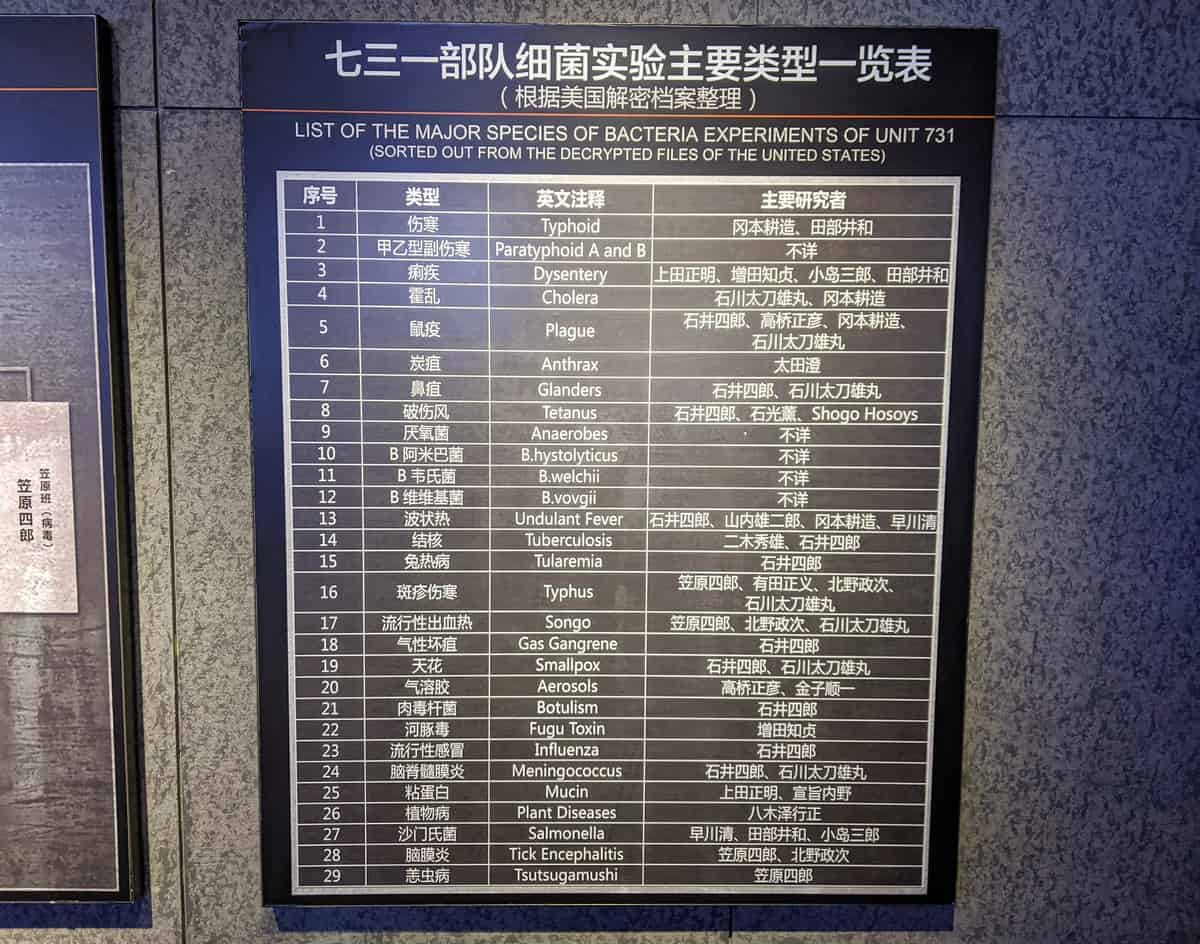
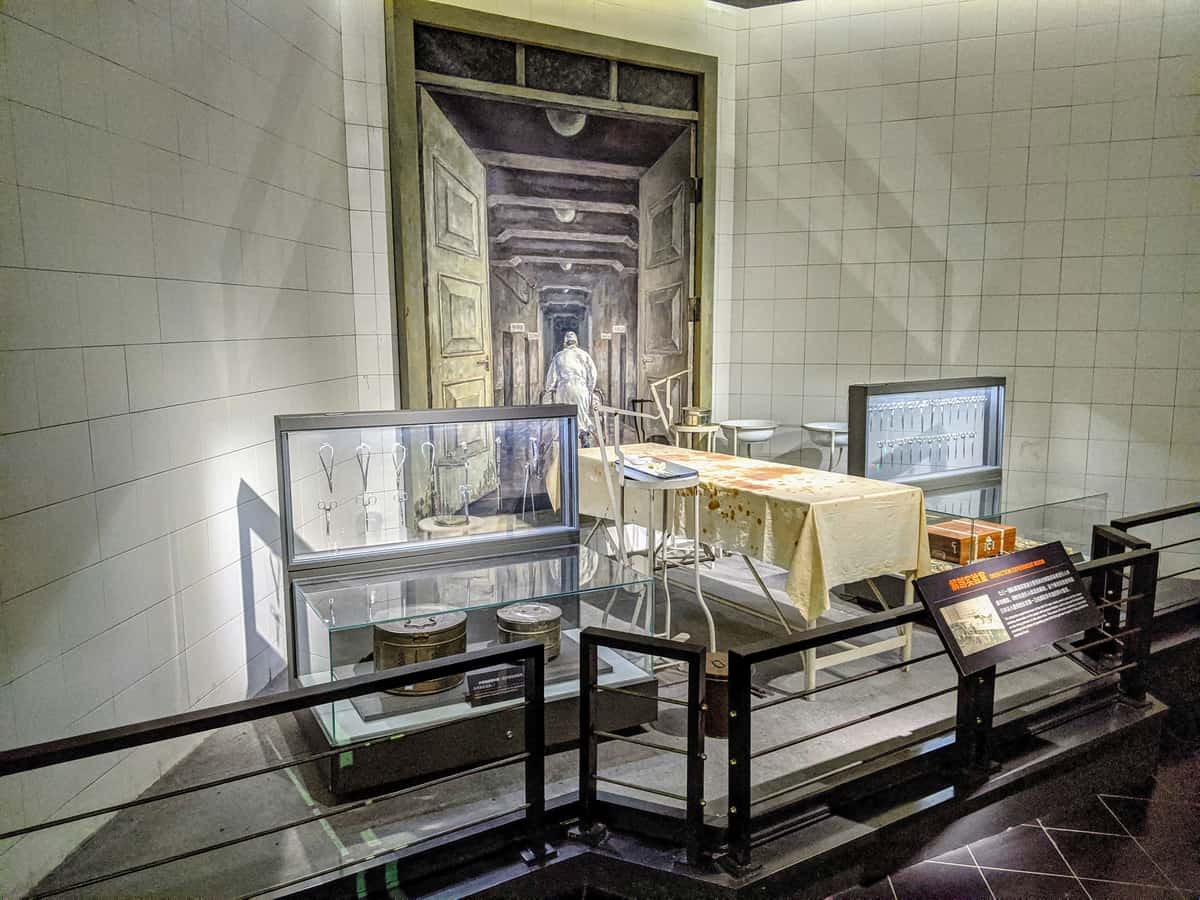
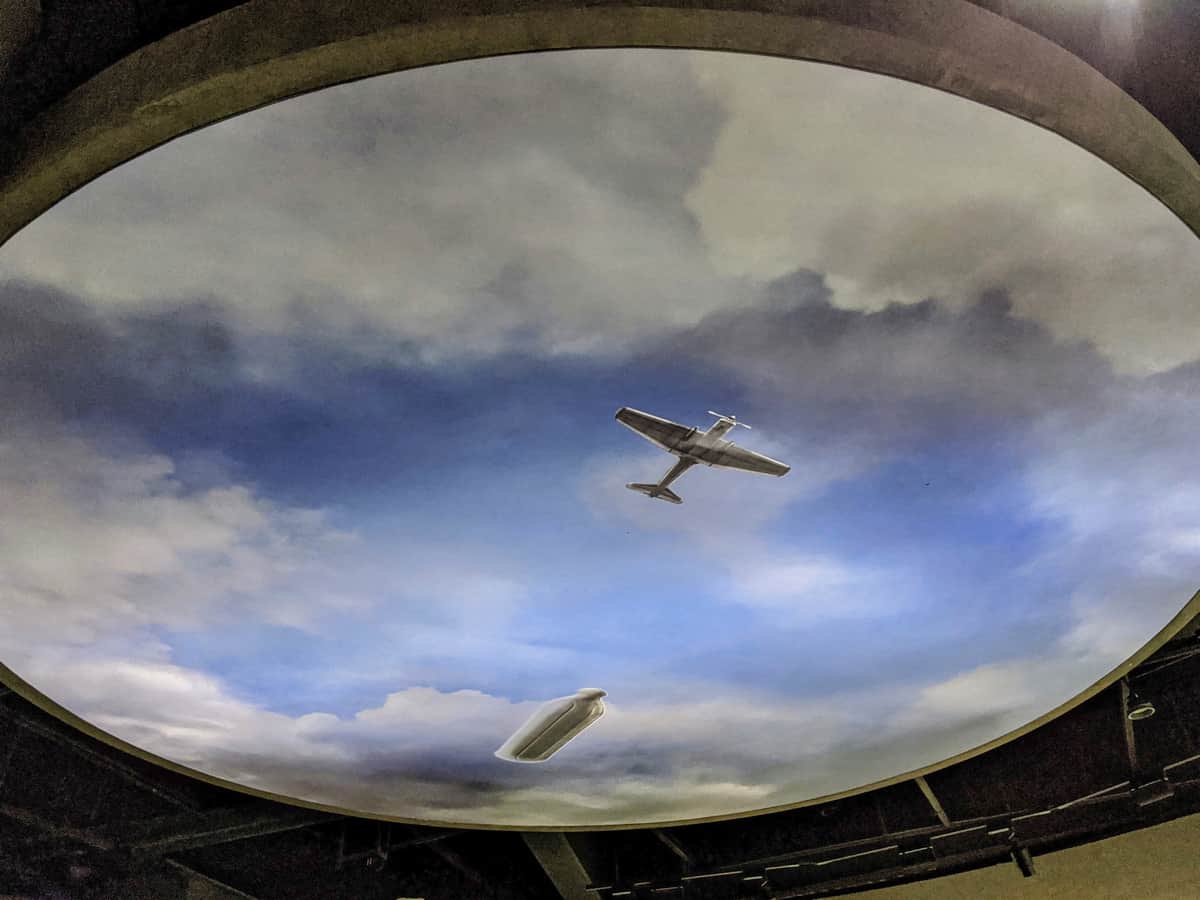
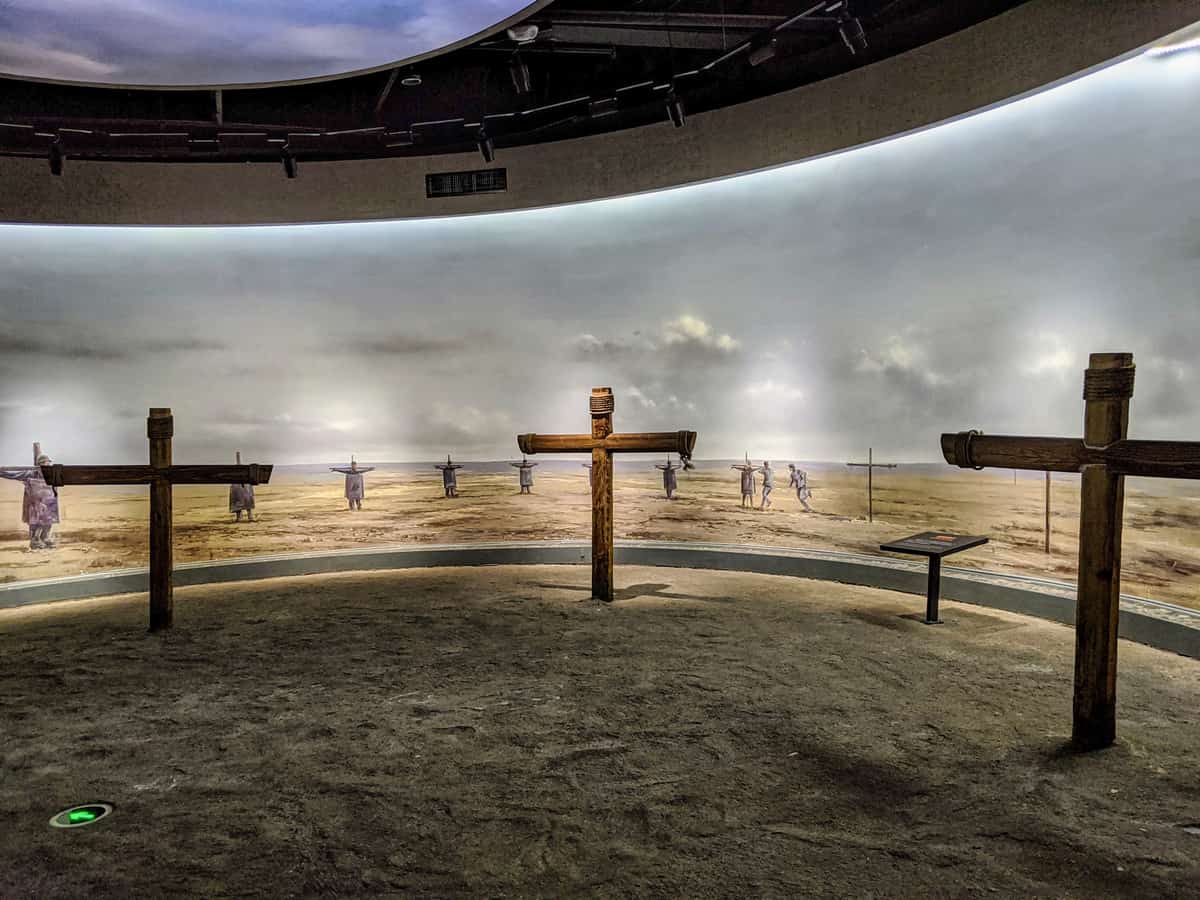
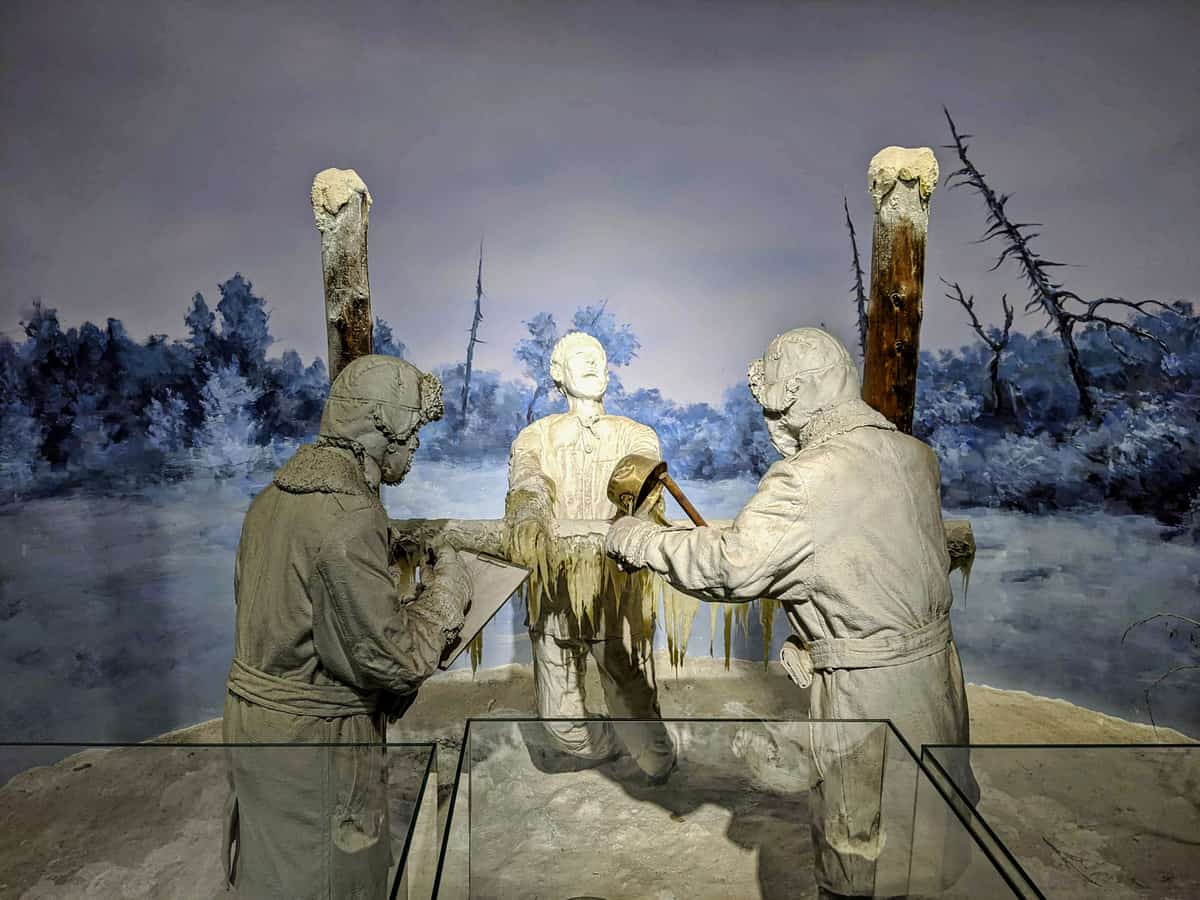
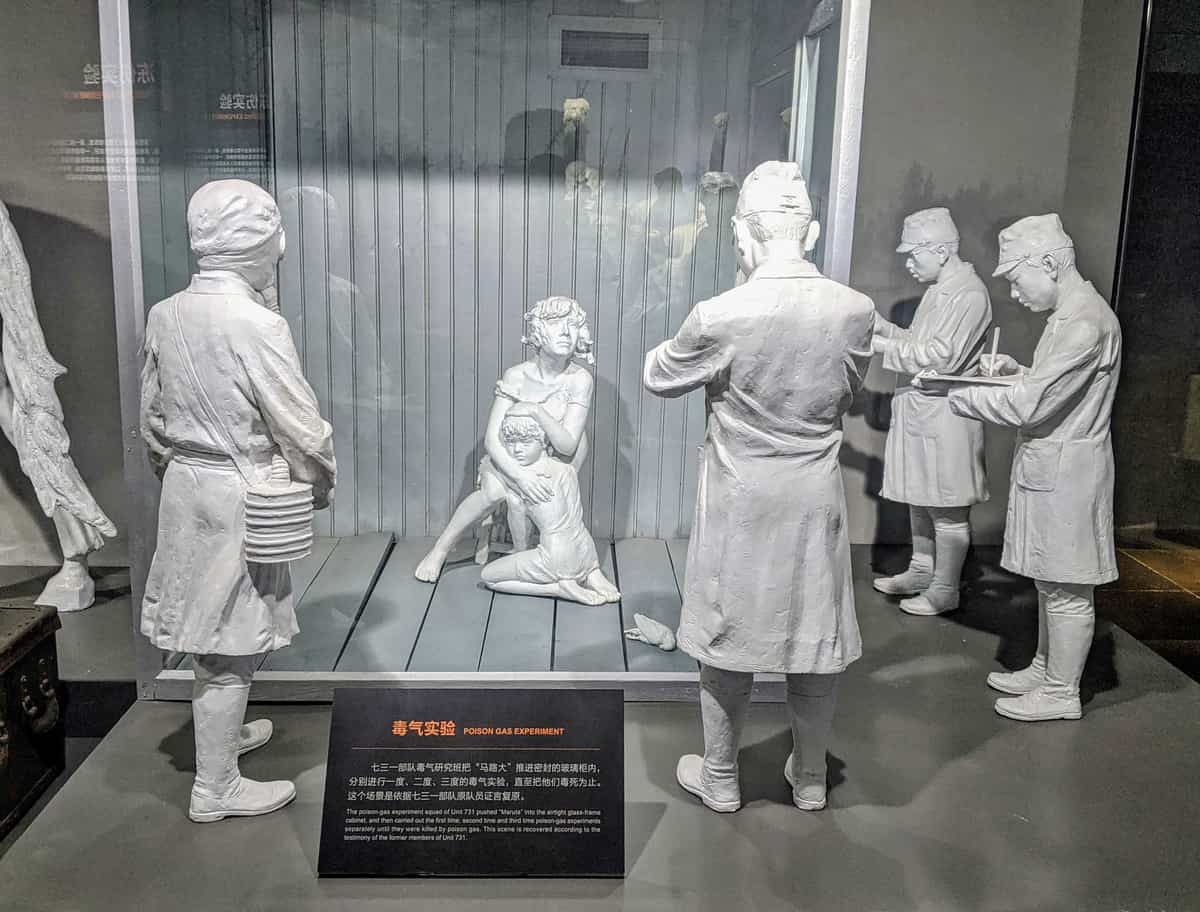
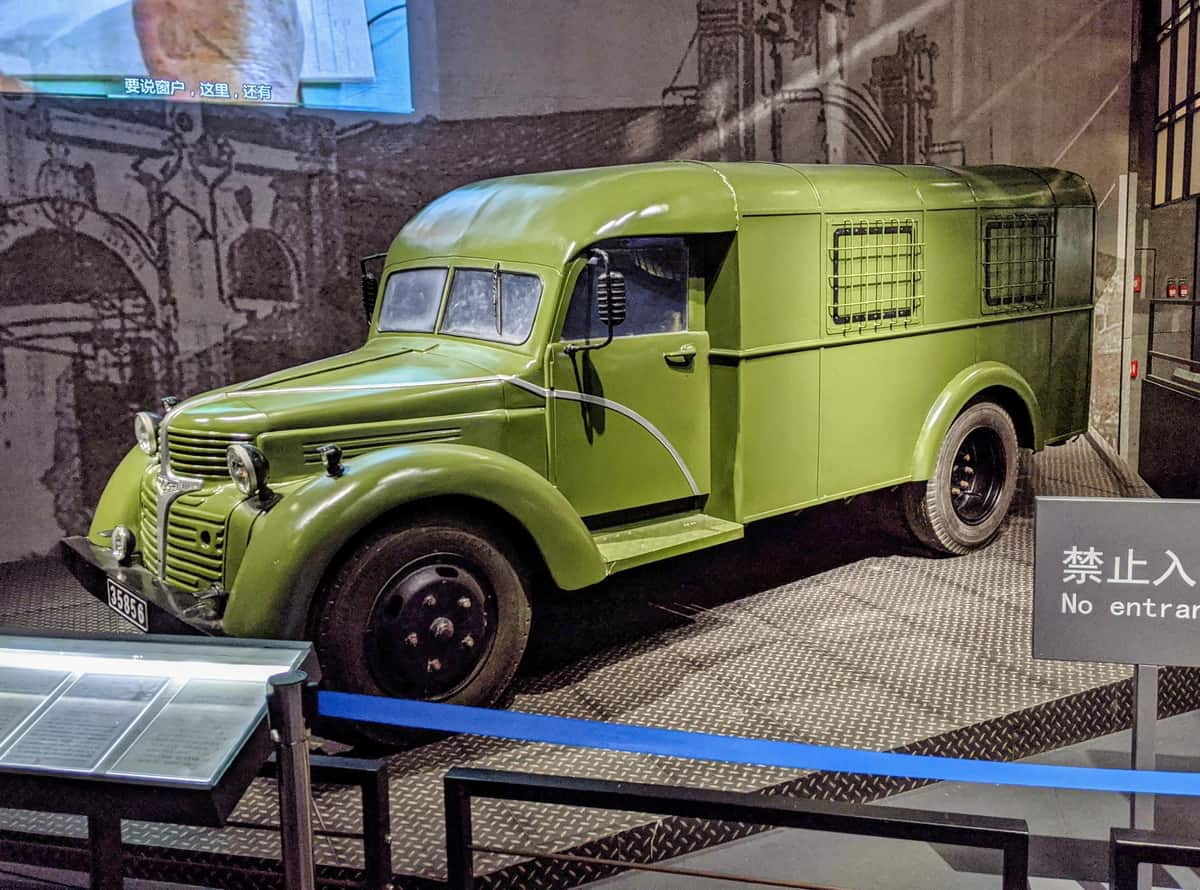
The Unit 731 Museum is extremely well done and seems very well funded and organized. The museum covers this horrific event in amazing detail with displays (including multimedia) unlike anything we’ve ever seen before (such as the full-scale model of the entire Unit 731 facility – located under the museum glass floor – very impressive display!).
